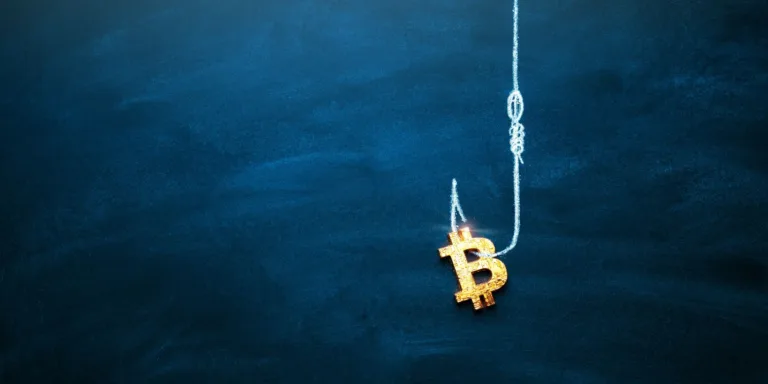The Power of Propaganda: How Far-Right Groups in India Manipulate Mass Media
The Rise of Propaganda in India
A crowd had gathered at a village temple in Kesapuri, in the western Indian state of Maharashtra, when Vikas Patil plugged a hard drive into his laptop to begin his show. First, he showed them an explicit video of a cow being killed. The animals are considered sacred to “upper caste” Hindus. In India, the slaughter of cattle for meat is largely the preserve of Muslims, a fact that wasn’t lost on the viewers. As people settled in to watch, Patil then played a couple of videos about “love jihad,” a baseless conspiracy theory that claims Muslim men are systematically wooing Hindu women in order to convert them to Islam. To finish off the session, Patil showed a handful of clips detailing the supposed “bigotry” of Islam.
It was 2012, and most of India’s rural communities were not yet connected to the internet. Penetration was only 12 percent, mostly concentrated in big cities. Misinformation, conspiracy, and hate speech are often perceived as a phenomenon of the social media age, but even before India came online en masse, enterprising groups like Sanatan Sanstha were working at the grassroots level to seed ethnically charged narratives, traveling from village to village with hard drives loaded with propaganda. Since then, the channels available to them have changed profoundly. Today more than half the population of India—759 million people—are online. The country has 467 million active YouTube users—the most in the world. The users are no longer predominantly urban.
The Chilling Effects of Video Propaganda
What happened after Patil shut his laptop and moved on from Kesapuri is also a chilling lesson in the power of video to shape opinion and the ability of the extreme right to use propaganda and disinformation to stoke division and violence. Sitting in that crowd in Kesapuri, watching Patil’s videos, was Sharad Kalasar, a 19-year old college dropout who cultivated his father’s 7-acre farm in the village. A year and a half later, he allegedly murdered one of the foremost secularists in India.
The Roots of Hindu Nationalism
India’s history of political Hindu nationalism predates the country’s independence in 1947. It was in 1915 that the political organization Hindu Mahasabha was founded to protect the rights of Hindus under British colonial rule. One of its members, Nathuram Godse, went on to kill Mahatma Gandhi in 1948. Sanatan Sanstha is a continuation of this extreme manifestation of “Hindutva.” The organization was established in Goa in 1990 by a hypnotist called Jayant Athavle.
The Role of WhatsApp in Propaganda
WhatsApp’s growth has mirrored that of the internet in India. The expansion of mobile internet access across the country happened in parallel with the adoption of the platform, and today it’s almost ubiquitous across society—used for messaging friends and family, sharing news, and conducting business. Its power as a political tool was obvious from the start.
The Danger of Misinformation on Social Media
Sectarian content on social media has proliferated because the laws against hate speech have been used selectively by those in power. One of the more alarming facets of this cycle is that the mainstream media is now beginning to mirror narratives seen on social media. India is rolling toward another election in 2024. Modi will be seeking a third term.
Continued Radicalization
Sanatan Sanstha is still operating. Since mid-2022, the group joined Bajrang Dal and a few other far-right radical organizations to form an amorphous group called the Sakal Hindu Samaj, which has been organizing multiple rallies across the state of Maharashtra, where speakers have called for the extermination of Muslims and an economic boycott on their communities. Maharashtra has been increasingly split by religious conflict, which has played out online and offline.
Source: Hard Drives, YouTube, and Murder: India’s Dark History of Digital Hate







